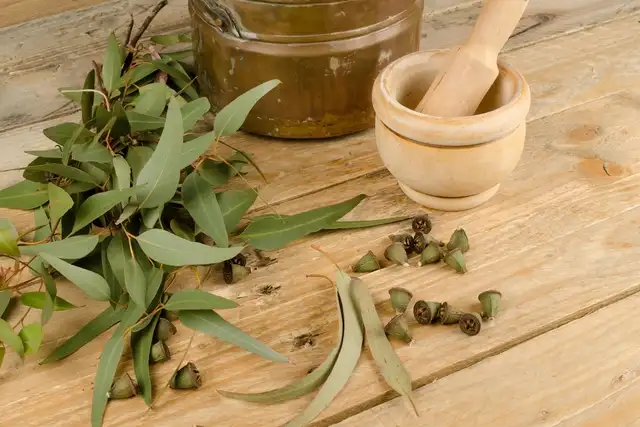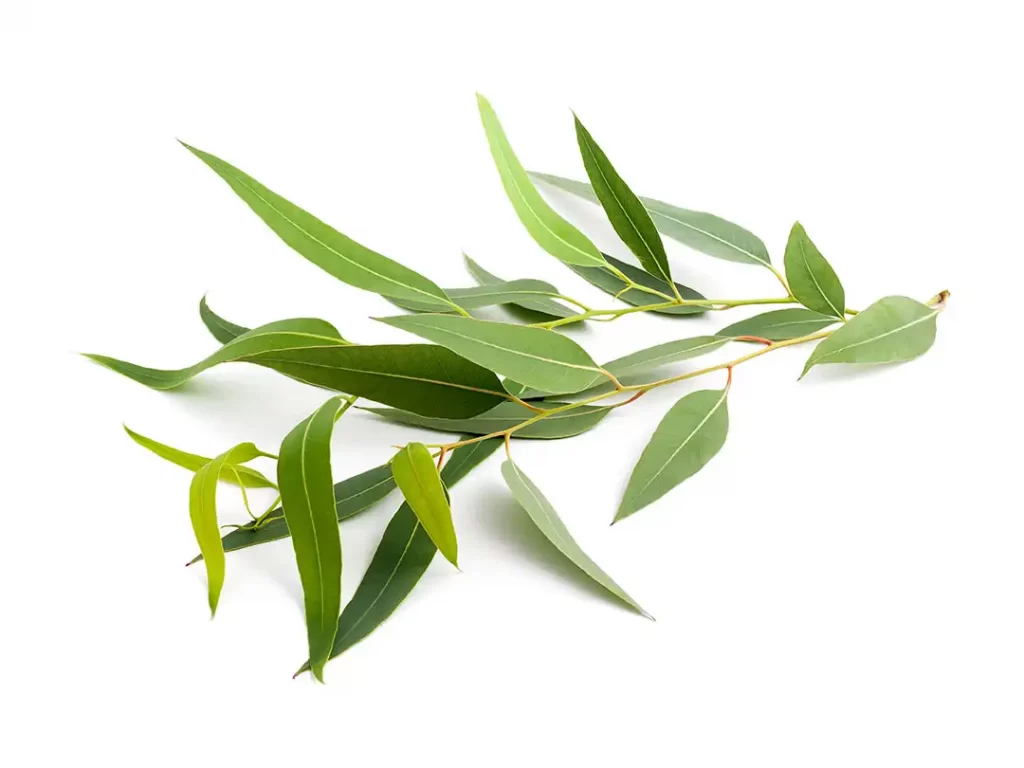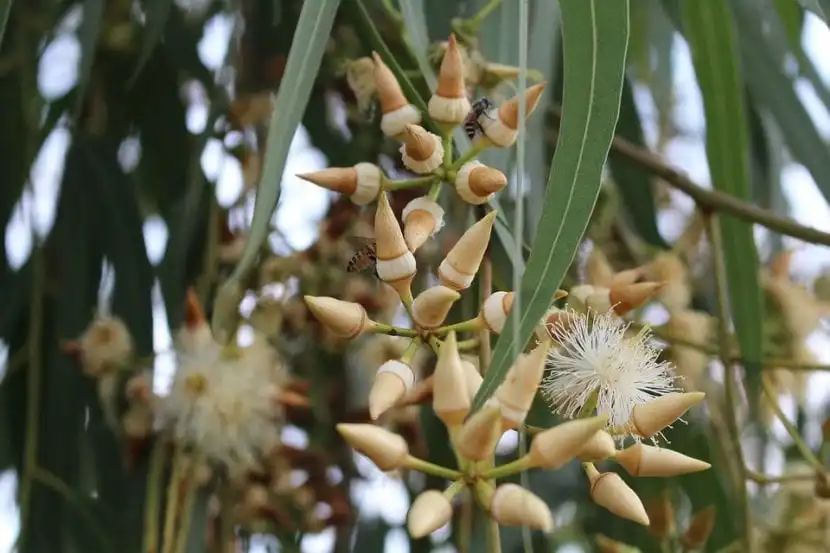What Is The Eucalipto Plant?
On hot summer days in Australia, the smell of Eucalipto makes the air beautiful.
This is the natural habitat of more than 680 species of Eucalipto.
Various species of eucalyptus, from crooked shrubs to gigantic trees, cover three-quarters of Australian vegetation.
What Will We Learn?
What Are The Benefits Of Eucalipto?
Eucalyptus has also played an important role in the culture of the Australian Aborigines for thousands of years.
Some small species of eucalyptus with edible roots were the staple food of indigenous communities.
These communities also ate seeds of some Eucalyptus species.
The larger species have a considerable amount of water in their roots and are useful for having potable water on hand in times of drought.
Especially the leaves are a rich source of essential oil, which has a burning and dizzying smell and has important healing properties.
Aboriginals made ointments containing Eucalipto oil extracted from its crushed leaves.
These were applied to the skin to heal minor wounds and fungal infections.
Its leaves were used to wrap on deeper wounds.
The steam from its fresh and softened leaves was inhaled to clear the sinuses and nasal passages.
To alleviate rheumatism, patients were laid on their heated leaves and the essential oil was given to the patients.
When commercial distillation of Eucalipto oil began in the 1800s, the oil began to be exported and quickly took its place in the West, both in the conventional market and in the healing market.
Today, Eucalipto has taken its place in the content of many drops, chest ointments and steam baths used for cough and cold.
Laboratory studies also show that Eucalipto oil has strong antibacterial and anti-inflammatory properties.
Herbalists recommend gargling fresh leaves to relieve sore throat, and drinking Eucalyptus tea for bronchitis and sinusitis.
Inhaling eucalyptus vapor can also be good for bronchitis, cough and flu.
When applied as an ointment to the nose and chest, it alleviates the blood supply in these areas.
When applied to the skin as an oil, it reduces the pain of joint inflammation and relieves headache symptoms.
Some features of this plant are similar to Fushia, Bergamot, French Lavender.

How And When Was Eucalipto Used?
1852; Pharmacist J. Bosisto enters the commercial Eucalipto oil business in Australia.
1870; Chemist F.S. Cloez identifies eucalyptol, the main component of eucalyptus oil.
1880s; Soldiers began to use Eucalipto oil as an antiseptic.
1930s; British company Halls invented menthol Eucalipto cough lozenges.
Eucalipto describes nearly the entire forestry vegetation of Australia as a genus of plants comprising more than 680 species, most of which are native to Australia, spanning north from Malaysia to the Philippines.
Some eucalyptus species, which are considered to be the tallest trees in the world, reach 150 meters in length.
Eucalyptus globulus is the best-known and most common species and grows naturally in all warm, subtropical and tropical climates of the world.
It can reach a length of about 100 meters and one of its distinguishing features is its variegated patterned bark.
The most important feature of its white fluffy flowers is that it has numerous stamens (stamens).
Its fruit is a single button-like sphere and is 2 cm wide.
Its leaves vary in shape and arrangement from youth to adolescence.
Young leaves are sessile.
The leaves have a blue-green color, white powder is poured on them when touched.
It takes the shape of a sickle from lanceolate and reaches a length of about 30 cm.
This leaf transformation, which suits the nature of the tree, acts as a camouflage against the Australian tortoise beetle.
So these insects cannot attack the young leaves.
Its leaves, which also act as an insect repellent, have a very strong aroma.
Eucalyptus is native to southwestern Australia and is commonly found in the humid valleys of Tasmania, Victoria and New South Wales.
It was introduced to Europe in 1854 and was first cultivated in California in 1856.
It is now widely found in California and began growing naturally in the warmer parts of the state.
Planting And Harvesting The Eucalipto Plant
Eucalyptus is one of the fastest-growing trees in the world.
It prefers wet soil about 1 meter below the surface and thrives in California where moist ocean air meets sand.
It needs rich garden soil that is perfectly drained.
It sprouts directly when grown from seed.
The leaves, the used parts of the plant, are harvested before flowering begins.
The leaf clusters of pruned trees on farms are harvested en masse and used for the production of essential oils.

In Which Diseases Is Eucalyptus Used?
- Common cold
- Cough
- Asthma
- Emphysema
Eucalyptus leaves and flowers are fragrant and have a soothing effect on upper respiratory tract infections, colds, coughs and asthma.
The essential oil found in the eucalyptus leaf, especially cineole (also called eucalyptol), is good for cough.
The oils in its leaves are especially used as an expectorant, helping to remove phlegm from the lungs.
Like thyme oil and other essential oils, eucalyptus oil causes changes in liver secretion and helps to remove sputum more easily.
There has been a lot of research focusing on the antiviral and antibacterial effects of eucalyptus oil, especially against bacteria and viruses that normally cause upper respiratory tract infections.
In addition, eucalyptus oil also fights inflammation, making it a very good ingredient for skin creams and also for skin health and joint inflammation.
Eucalyptol is also used to fight asthma and emphysema because it is very successful in opening the airway and dealing with airway inflammation.
In a study of patients with emphysema, it was revealed that eucalyptol capsules improved in coping with symptoms compared to the placebo group.
A clinical study with asthma patients also shows that taking eucalyptol 3 times a day helps to lower the steroid dose.
How To Use?
Tea: Infuse about half a teaspoon of dried or fresh eucalyptus leaves in 1 or 2 glasses of water for 5 minutes. Drink 3 times a day for cough.
Capsule: Eucalyptol capsules – take 200mg doses 3 times a day – reduce breathing problems from both emphysema and asthma.

Things To Pay Attention
Drinking Eucalipto oil can cause nausea, vomiting, muscle weakness, breathing problems, increased heart rhythm, and low blood pressure.
These symptoms have been reported with consumption of less than 1 teaspoon.
Eucalipto can also lead to low blood sugar; Therefore, it should be used with caution by diabetics.
Eucalipto oil may interact with some medications.
Prescription drug users should consult their doctor before starting eucalyptus treatment.
How Can I Buy Eucalipto Leaves?
The price of the leaves of the Eucalipto plant is $ 18 and can be purchased easily and safely with this link.
